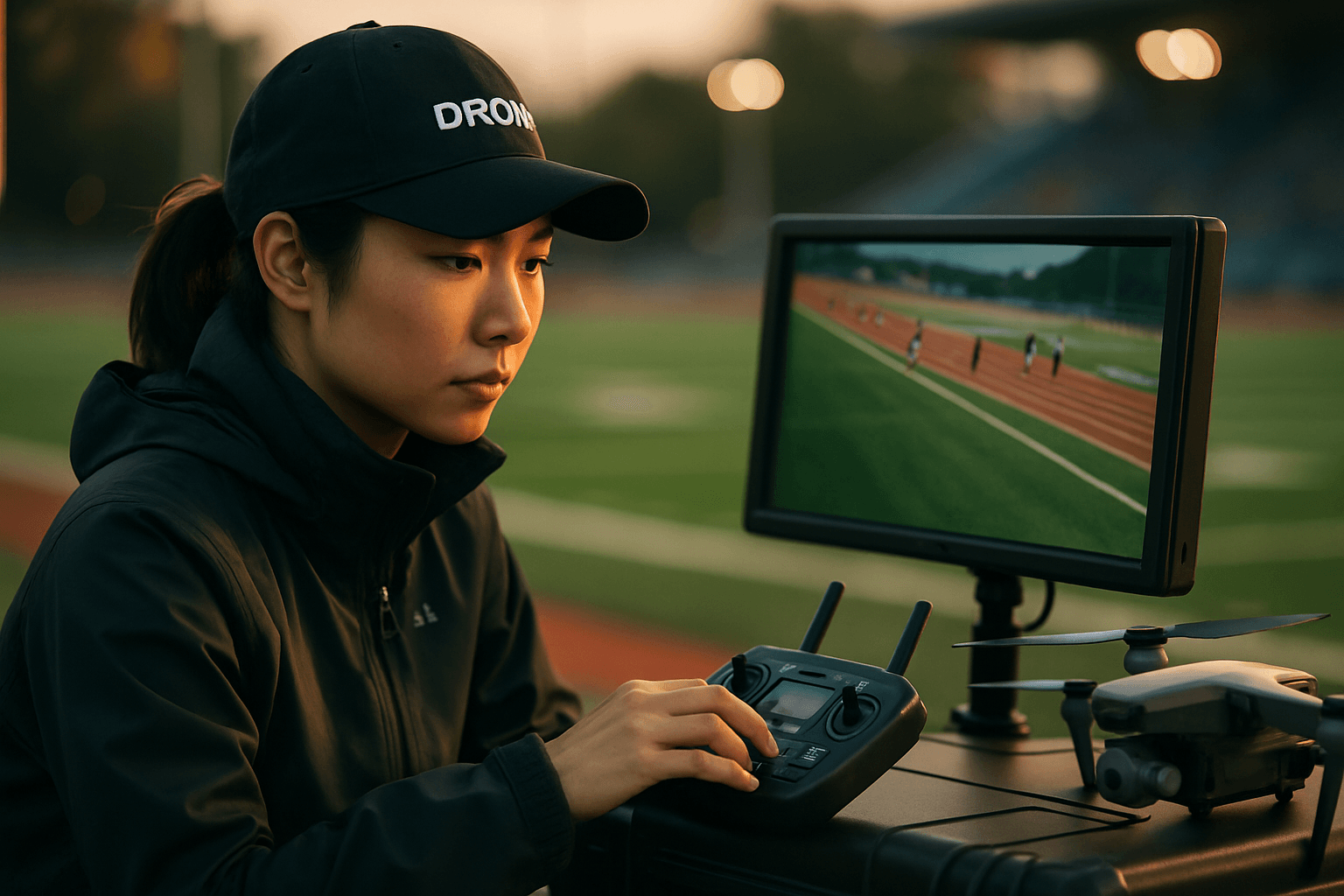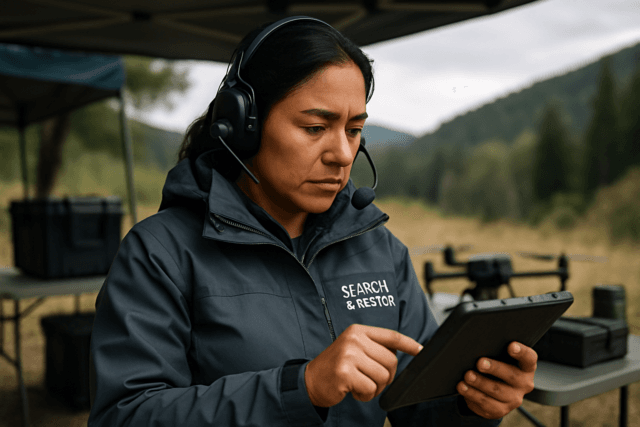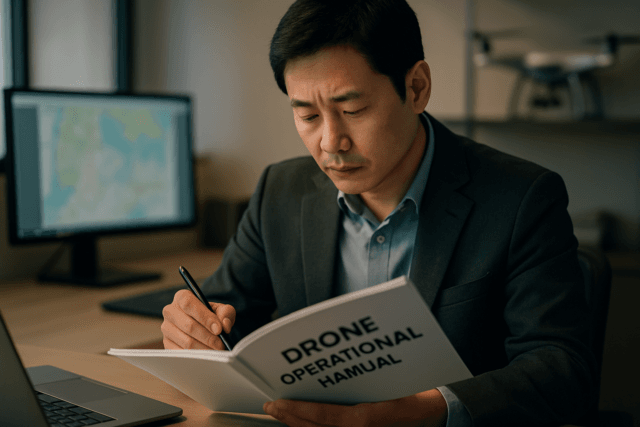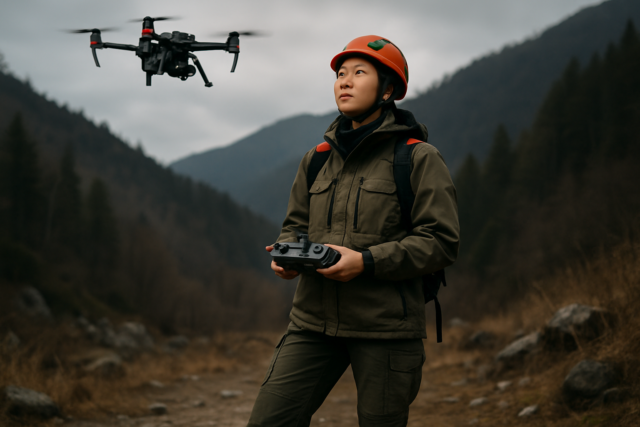Capturing the exhilarating speed and dynamic action of sports from an aerial perspective has revolutionized how we view athletic events. Drone videography offers unparalleled vantage points, but achieving professional-grade footage of fast-moving subjects requires a meticulous understanding of camera settings. From crisp slow-motion replays to fluid tracking shots, optimizing your drone’s camera is crucial for bringing the intensity of aerial sports videography to life.
This guide delves into the essential drone camera settings that will elevate your sports footage from amateur to awe-inspiring, ensuring every dive, sprint, and goal is captured with cinematic precision.
The Foundation: Resolution and Frame Rate for Dynamic Sports
For drone sports videography, resolution and frame rate are paramount. These settings dictate the clarity and smoothness of your footage, especially when capturing rapid movements or aiming for dramatic slow-motion effects.
Optimal Resolution: Detail is King
Modern drones offer resolutions ranging from 1080p to 4K, 5.1K, and even 6K. For sports, always aim for the highest resolution your drone can achieve, such as 4K or higher. Higher resolutions provide crisp, detailed footage and offer greater flexibility in post-production for cropping or reframing without significant loss of quality.
High Frame Rates for Smoothness and Slow Motion
Frame rate (FPS, or Frames Per Second) is the number of individual frames captured per second, directly affecting the fluidity of motion. For fast-paced sports, a high frame rate is indispensable:
- 60 FPS: This is often the minimum recommended for sports, delivering smoother motion and clarity for fast-moving scenes. It’s excellent for dynamic action and provides some flexibility for slight slow-motion effects in post-production.
- 120 FPS or Higher: Essential for capturing truly impactful slow-motion highlights, such as a slam dunk or a sprint finish. Shooting at these higher frame rates allows you to dramatically slow down the action without losing smoothness or detail. Some cameras can shoot up to 4K at 120 frames per second for stunning slow-motion footage.
Shutter Speed and the 180-Degree Rule: Balancing Motion Blur
The “180-degree shutter rule” is a fundamental principle in videography that helps achieve natural-looking motion blur, similar to what the human eye perceives. It dictates that your shutter speed should be approximately twice your frame rate.
- Applying the Rule: If you’re shooting at 60 frames per second, your shutter speed should ideally be around 1/120th of a second. For 30 frames per second, aim for 1/60th of a second. This creates a “cinematic” effect by providing the optimal amount of motion blur.
- Deviating for Sports: While the 180-degree rule is a guideline, for sports videography, there are instances where you might want to slightly deviate. A faster shutter speed can result in a sharper, more “staccato” or “choppy” look, which can be desirable for emphasizing extreme action or creating a dramatic effect. Some sports videographers purposefully use higher shutter speeds (e.g., 1/400s or 1/500s for 120fps) to achieve a sharper image, especially when the motion in the frame is very high.
- Avoiding Jerky Footage: A shutter speed that is too high without sufficient motion blur can lead to footage that appears stuttery or jerky, especially during constant motion or panning shots.
ISO Settings: Managing Light and Noise
ISO controls your camera sensor’s sensitivity to light. For the cleanest drone sports footage, the general rule is to keep your ISO as low as possible.
- Bright Conditions: In well-lit outdoor conditions, set your ISO to 100 or 200. This minimizes digital noise, ensuring a clean, high-quality image.
- Low Light Scenarios: If you’re shooting in dimmer conditions, like during golden hour, dusk, or heavily overcast days, you might need to increase the ISO. However, be cautious, as higher ISO values introduce digital noise, which degrades image quality. Some drones can handle ISO up to 400-800 or even higher while still producing decent results, but this varies significantly by drone model and sensor size. Test your drone to understand its noise tolerance. Keeping ISO below 400 is generally recommended for optimal quality.
White Balance: Consistent and Accurate Colors
White balance ensures that the colors in your video accurately represent the scene’s true colors by adjusting for different light temperatures.
- Manual is Key: For videography, especially when the lighting conditions might change as your drone moves through the air, it is highly recommended to set your white balance manually. Auto white balance (AWB) can lead to inconsistent color shifts within a single shot or across different clips.
- Kelvin Settings: Manual white balance is typically set using Kelvin (K) values. Common settings include:
- Daylight/Sunny: Around 5500K to 5600K.
- Cloudy: Around 6300K to 6500K.
- Shady: Approximately 7500K.
- Using a Gray Card: For precise color accuracy, especially when shooting for post-production, consider using a white or neutral gray card as a reference. Take a test shot of the card in the same lighting conditions as your subject, and then manually adjust the Kelvin value until the card appears neutral.
Color Profiles: The Power of Post-Production
For professional-looking results, shooting in a flat color profile like D-Log, D-Log M, or D-Cinelike (for DJI drones) is highly advantageous.
- Expanded Dynamic Range: These profiles capture a broader dynamic range, preserving more detail in both the highlights (brightest areas) and shadows (darkest areas). This is crucial in high-contrast situations often found in outdoor sports.
- Post-Production Flexibility: Footage shot in flat profiles will look desaturated and dull directly from the camera. However, this “flat” look provides immense flexibility for color grading in post-production. It allows videographers to correct colors, adjust contrast, and apply specific cinematic looks without degrading image quality. For DJI drones, it’s often recommended to set sharpness, contrast, and saturation to -3 in the style settings when shooting D-Log to maximize editing flexibility.
Essential Accessories: ND Filters
Neutral Density (ND) filters are indispensable tools for drone videography, especially when shooting in bright daylight conditions. They act like “sunglasses” for your drone’s camera.
- Controlling Light: ND filters reduce the amount of light entering the lens without altering the color. This allows you to maintain the desired shutter speed (following the 180-degree rule) and aperture in bright conditions, preventing overexposure.
- Maintaining Motion Blur: Without ND filters in bright light, you would have to significantly increase your shutter speed to achieve proper exposure, which would result in that undesirable jerky, “staccato” motion. ND filters allow you to slow down the shutter speed, creating natural motion blur.
- Selecting the Right Filter: ND filters come in various strengths (e.g., ND4, ND8, ND16, ND32, ND64). The higher the number, the more light it blocks. You’ll need to choose the appropriate filter based on the ambient light conditions. For example, ND8 might be suitable for cloudy days, while ND16 or ND32 are often used on sunny days. Variable ND (VND) filters offer even more flexibility by allowing you to adjust the light reduction without swapping filters.
Gimbal Settings for Smooth Tracking
A drone’s gimbal is critical for maintaining stable and smooth footage, especially when tracking fast-moving athletes. Adjusting gimbal settings can significantly impact the fluidity of your shots.
- Smoothness and Responsiveness: In your drone’s settings, adjust the gimbal’s angular velocity, smoothness, and brake sensitivity. Lower angular velocity settings and higher smoothness values create more cinematic, gradual movements, preventing sudden stops or jerky transitions. For sports, while maintaining smoothness, you may need a more responsive mode to keep up with rapid changes in direction.
- Sport Mode Considerations: When flying in Sport mode, which offers increased speed and agility, it’s still vital to have finely tuned gimbal settings to ensure smooth camera movements. Some recommend keeping max angular velocity low (e.g., 35 degrees/second) and yaw smoothness high (e.g., 80) for smooth panning, even in dynamic situations.
- Consistent Control: Practice consistent pressure on the remote sticks and smooth, deliberate movements to avoid jittery footage.
Exposure Control: Aperture and EV
While many consumer drones have fixed apertures, some higher-end models offer adjustable aperture.
- Aperture (f-stop): If your drone allows, an aperture setting around f/2.8 to f/5.6 can be beneficial for action scenes. A wider aperture (lower f-number) lets in more light, which can be helpful when shooting at high frame rates or in situations where light is limited. Some suggest an f-stop range of f/5-f/8 for best quality footage.
- EV (Exposure Value): This is an overall adjustment to the brightness of your image. While manual settings for ISO, shutter speed, and aperture (if available) are preferred, EV can be used for minor adjustments to exposure when needed.
Pre-Flight Planning: The Unsung Hero
Beyond technical camera settings, thorough pre-flight planning is essential for successful aerial drone sports videography.
- Location Scouting: Familiarize yourself with the venue and the path of the athletes. Identify potential obstacles and the best vantage points for dynamic shots.
- Lighting Schedule: Understand how the light will change throughout your shoot. Golden hour (shortly after sunrise or before sunset) provides soft, warm light ideal for cinematic footage. Midday sun can be harsh, making ND filters even more critical.
- Anticipate Key Moments: For sports, knowing when and where critical action will occur allows you to position your drone and adjust settings proactively to capture those decisive moments.
By meticulously configuring these camera settings and combining them with careful flight planning and execution, drone videographers can capture breathtaking, professional-quality aerial footage that truly showcases the intensity and beauty of sports.





